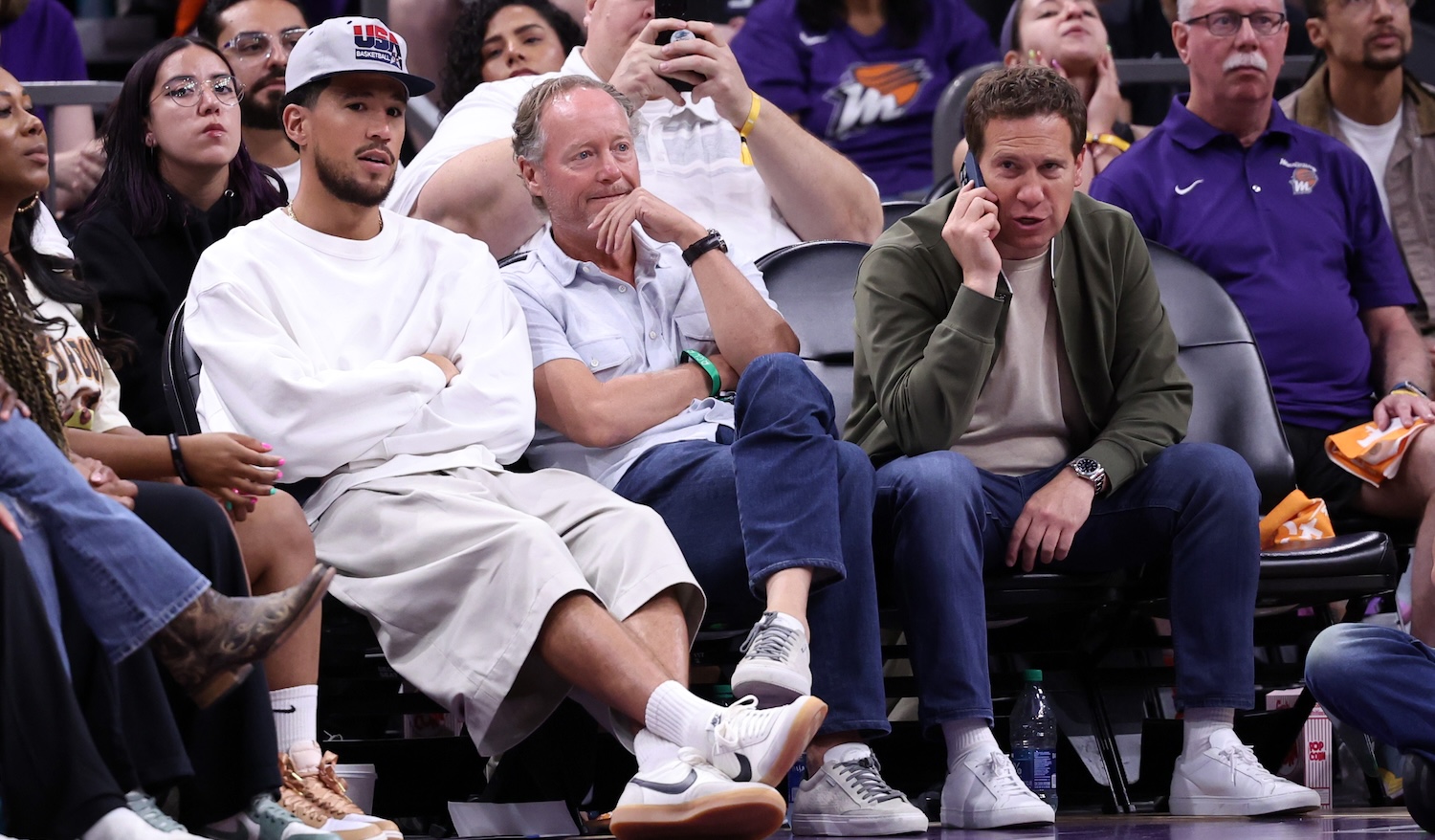The first time I heard someone beatbox was in elementary school, when my friends and I would gather in the playground to hear fifth-graders chant "boots n' cats" at each other until one lost interest and the other was declared the victor. In college, trapped in the viselike grip of a cappella culture, I had become convinced that beatboxing was a classical art form rivaling opera. After I graduated, I never thought of beatboxing again.
This week, a paper published in the journal PNAS Nexus found that orangutans can make two separate sounds at the same time, which the researchers say occurs in human beatboxing. In fact, the press release included a quote that made me feel dizzy: “It could be possible that early human language resembled something that sounded more like beatboxing, before evolution organized language into the consonant-vowel structure that we know today," said Adriano Lameira, an evolutionary psychologist at the University of Warwick and an author on the paper. I was filled with questions. Does making two sounds at once count as beatboxing? Before we humans learned to speak, did we beatbox? Do orangutans make beatboxing cool again?
Before we can answer any of these questions, let us first listen to some ape-cappella, or the dulcet tones of the "beatboxing" orangutan.
The researchers recorded two different groups of wild orangutans in Borneo and Sumatra and heard apes making two sounds at once, a phenomenon known as biphonic call production. These calls involved consonant-like noises that coincided or overlapped with vowel-like noises.
The first group, large male orangutans in Borneo, produced calls the researchers coined "chomp-grumbling," or making chomps and grumbles at the same time. Chomps are a "bubbly" sounding noise, whereas grumbles resemble an engine starting. Over 2,150 hours of listening, the researchers heard 30 chomps from two males named Zeke and Kay and 111 grumbles from seven males. And 16 of those 30 chomps also included combinations of chomps and grumbles, the two-sound combo the researchers are comparing to beatboxing. Make sense? Great. Here's chomp + grumble again.
Personally, I find this sound incredibly soothing—it's giving "Bornean Rain Forest Sounds To Chill/Relax To." But I am not an orangutan, so shows what I know: The male orangutans chomp-grumbled in response to disturbances or as a prelude to combat.
The other group the researchers encountered were adult female orangutans from Sumatra. These primates produced a combination of "kiss-squeaks" and "rolling calls" to warn other orangutans about incoming predators. Over 1,287 hours of listening, the researchers recorded 1,176 kiss-squeaks from five females named Chris, Elisa, Puji, Sina, and Yet and 1,158 rolling calls from seven females. All together, Chris, Elisa, Puji, Sina, and Yet produced 293 instances of kiss-squeak and rolling call combinations.
I think this combination of calls is perfectly named, as the kiss-squeaks sound exactly like a kiss and a squeak rolled into one. And the rolling calls sounded more like what one would imagine an orangutan sounds like, which is kind of grunty.
But wait. Is any of this beatboxing? The University of Southern California Speech Production and Articulation Knowledge Group defines beatboxing as a "musical artform that uses the vocal tract to mimic percussion and other sound effects." Assuming these orangutans are not regularly exposed to sick drum solos, their calls are not mimicking percussion. Rather, the researchers suggest these calls are similar to human beatboxing as they involve making voiced and voiceless noises simultaneously. They even suggest orangutan biphonic calls appear to be "homologous to human beatboxing, where vocal complexity and 'exuberance' appear to signal fitness, vigor, and/or condition," according to the paper. Does this explain the highly specific, and to this day inexplicable, allure of the a cappella boys at my college who sang ill-advised Beyoncé mashups in matching hats? Just this week scientists published possible evidence that our human ancestors butchered and ate each other; I am not ready to accept that early hominins may also have been beatboxing.
If the orangutans had made or listened to an instrument that sounds like chomps + grumbles or kisses + squeaks, then I suppose this would truly be beatboxing. But for now it seems to better for everyone involved to appreciate the orangutans' biphonic calls as a distinct vocal feat. Maybe primates have even more sick vocal combos researchers have yet to hear. I for one would absolutely stream the all-orangutan EP Chomps + Grumbles [Chopped and Screwed].






